The Many Incarnations of Vishnu
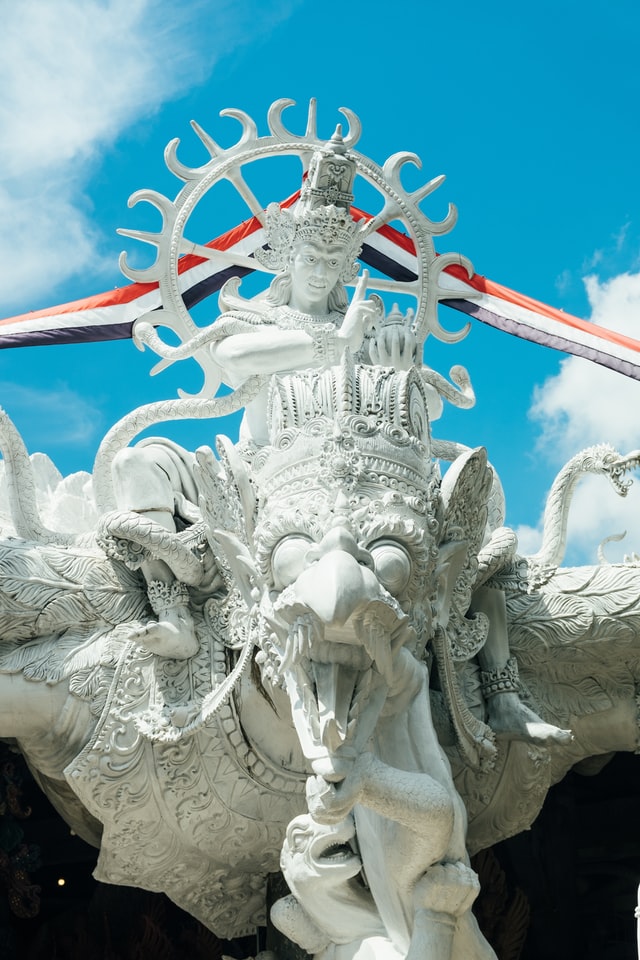
To deliver the pious and to annihilate the miscreants, as well as to reestablish the principles of religion, I manifest myself, millennium after millennium – Bhagvada Gita
- Matsya, the fish, from the Satya Yuga. Lord Vishnu takes the form of a fish to save Manu from apocalypse, after which he takes his boat to the new world along with one of every species of plant and animal, gathered in a massive cyclone.
- Kurma, the tortoise, appeared in the Satya Yuga. When the devas and asuras were churning the Ocean of milk in order to get amrita, the nectar of immortality, the mount Mandara they were using as the churning staff started to sink and Lord Vishnu took the form of a tortoise to bear the weight of the mountain.
- Varaha, the boar, from the Satya Yuga. He appeared to defeat Hiranyaksha, a demon who had taken the Earth, or Prithvi, and carried it to the bottom of what is described as the cosmic ocean in the story. The battle between Varaha and Hiranyaksha is believed to have lasted for a thousand years, which the former finally won. Varaha carried the Earth out of the ocean between his tusks and restored it to its place in the universe.
- Narasimha, the half-man/half-lion appeared in the Satya Yuga. The rakshasa(An evil person) Hiranyakashipu, the elder brother of Hiranyaksha, was granted a powerful boon from Brahma, not allowing him to be killed by man or animal, inside or out, day or night, on earth or the stars, with a weapon either living or inanimate. Vishnu descended as an anthropomorphic incarnation, with the body of a man and head and claws of a lion. He then disembowels the rakshasa at the courtyard threshold of his house, at dusk, with his claws, while he lay on his thighs.
- Vamana, the dwarf, appeared in the Treta Yuga. The fourth descendant of Hiranyakashyap, Bali, with devotion and penance was able to defeat Indra, the god of firmament. This humbled the other deities and extended his authority over the three worlds. The gods appealed to Vishnu for protection and he descended as the dwarf Vamana. During a yajna of the king, Vamana approached him in the midst of other Brahmins. Bali was happy to see the diminutive holy man, and promised whatever he asked. Vamana asked for three paces of land. Bali agreed, and the dwarf then changed his size to that of a giant. He stepped over heaven in his first stride, and the netherworld with the second. Bali realized that Vamana was Vishnu incarnate. In deference, the king offered his head as the third place for Vamana to place his foot. The avatar did so and thus granted Bali immortality. Then in appreciation to Bali and his grandfather Prahlada, Vamana made him ruler of Pathala, the netherworld. Bali is believed to have ruled Kerala and Tulunadu. He is still worshiped there as the king of prosperity and recalled before the time of harvest.
- Parashurama, Warrior with the axe, appeared in the Treta Yuga. He is son of Jamadagni and Renuka. He received an axe after a penance to Shiva. Parashurama is the first Brahmin-Kshatriya in Hinduism, or warrior-saint, with duties between a Brahmana and a Kshatriya). His mother was from the Kshatriya Suryavanshi clan that ruled Ayodhya, of the line of Rama. King Kartavirya Arjuna and his army visited the father of Parashurama at his ashram, and the saint was able to feed them with the divine cow Kamadhenu. The king demanded the animal, Jamadagni refused, and the king took it by force and destroyed the ashram. Parashurama then killed the king at his palace and destroyed his army. In revenge, the sons of Kartavirya killed Jamadagni. Parashurama took a vow to kill every Kshatriya on earth twenty-one times over, and filled five lakes with their blood. Ultimately, his grandfather, the great rishi Rucheeka, appeared and made him halt. He is a Chiranjivi, and believed to be alive today in penance at Mahendragiri.
- Rama, Ramachandra, the prince and king of Ayodhya, appeared in the Treta Yuga. Rama is a commonly worshiped avatar in Hinduism, and is thought of as the ideal heroic man. His story is recounted in one of the most widely read scriptures of Hinduism, the Ramayana. While in exile from his own kingdom with his brother Lakshman and the monkey king Hanuman, his wife Sita was abducted by the demon king of Lanka, Ravana. He travelled to Ashoka Vatika in Lanka, killed the demon king and saved Sita.
- Krishna[4] was the eighth son of Devaki and Vasudev. Krishna is the most commonly worshiped deity in Hinduism and an avatar in Vaishnava belief. He appeared in the Dwapara Yuga alongside his brother Balarama. Balarama is the elder brother of Krishna (an avatar of the god Vishnu) and is regarded generally as an avatar of Shesha. He is included as the eighth avatar of Vishnu in the Sri Vaishnava lists, where Buddha is omitted. Krishna appears as the ninth avatar in this list.[5] He particularly included in the lists, where Krishna is removed and becomes the source of all avatars.[6]
- Buddha: Gautama Buddha, the founder of Buddhism, is generally included as an avatar of Vishnu in Hinduism. Buddha may be depicted in Hindu scriptures as a preacher who deludes and leads demons and heretics away from the path of the Vedic scriptures. Another view praises them as a compassionate teacher who preached the path of ahimsa (non-violence).[4][5][7]
- Kalki (“Eternity”, or “White Horse”, or “Destroyer of Filth”), is the final incarnation of Vishnu, foretold to appear at the end of Kali Yuga, our present epoch. He will be atop a white horse and his sword will be drawn, blazing like a comet. He is the harbinger of end time in Hindu eschatology, and will destroy all unrighteousness and evil at the end of Kali Yuga.
Photo by Bernard Hermant on Unsplash(Free for Commercial Use)
Image Reference: https://unsplash.com/photos/_KUpiCLvFhg


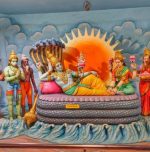
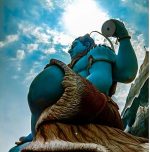
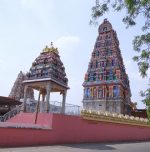


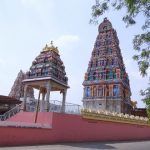


Leave a Reply